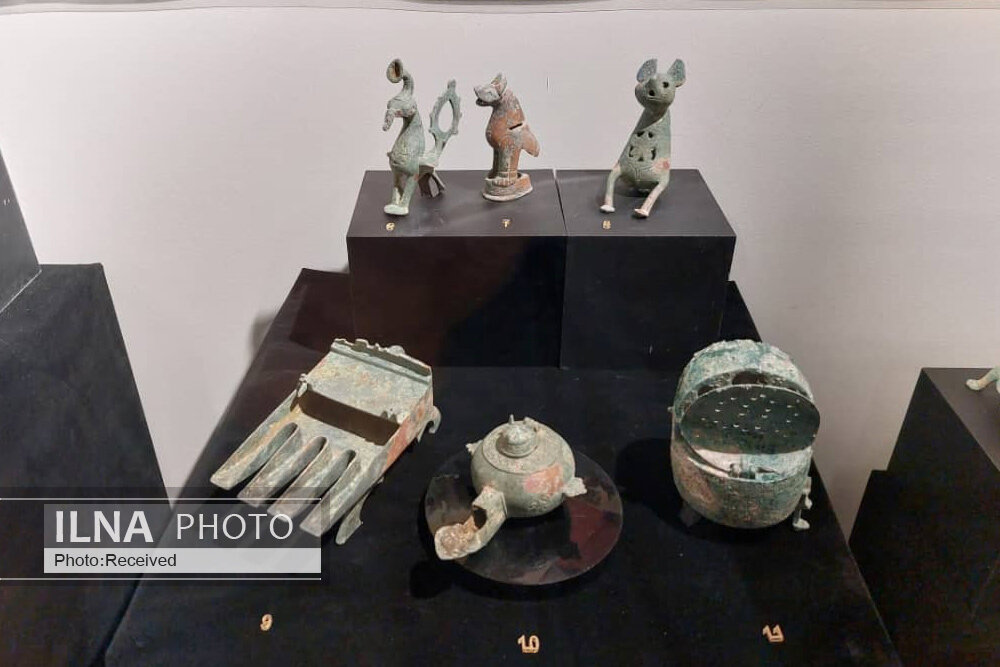Extra funds needed to resume study on artifacts previously unearthed in Gorgan

TEHRAN – There is a need for funding to study Seljuk-era (1037–1194) relics found in Gorgan, the capital of northern Golestan, an Iranian archaeologist has said.
About two years ago, a metal treasure buried in a warehouse in the historical core of the city, also known as Astarabad, was discovered accidentally during a construction project.
Dating back to the Seljuk era, there were 400 metal relics found in the treasure, including censers, candlesticks, vases, casting tools, and oil canisters.
The lack of funding for the documentation of these relics and the incompleteness and silence of the studies surrounding the works constitutes a kind of indifference toward these unique works, ILNA quoted Mohammad Esmaeil Esmaeili Jelodar as saying on Saturday.
Until those credits are not provided, the discovery of these works is the only event to mention, and from a scientific perspective, they will lack a precise scientific identity, he added.
Resuming excavations in the area could provide more information about the founding, he noted.
Astarabad is situated along a small tributary of the Qareh River, 37 kilometers from the Caspian Sea. The city, which was prosperous during the Achaemenid era (c. 550 – 330 BC), for long suffered from inroads of the Turkmen tribes who occupied the plain north of the Qareh River and were subjected to incessant Qajar-Turkmen tribal conflicts in the 19th century according to the Encyclopedia Britannica.
It was renamed Gorgan in the 1930s after being devastated by a massive earthquake. In modern times the plain around Gorgan has become a flourishing granary.
Golestan is reportedly embracing some 2,500 historical and natural sites, with UNESCO-registered Gonbad-e Qabus – a one-millennium-old brick tower – amongst its most famous.
Narratives say the tower has influenced various subsequent designers of tomb towers and other cylindrical commemorative structures both in the region and beyond. The UNESCO comments that the tower bears testimony to the cultural exchange between Central Asian nomads and the ancient civilization of Iran.
Seljuk, also spelled Seljuq, was a ruling military family of the Oguz (Ghuzz) Turkic tribes that invaded southwestern Asia in the 11th century and eventually founded an empire that included Mesopotamia, Syria, Palestine, and most of Iran. Their advance marked the beginning of Turkish power in the Middle East.
ABU/AM
Leave a Comment